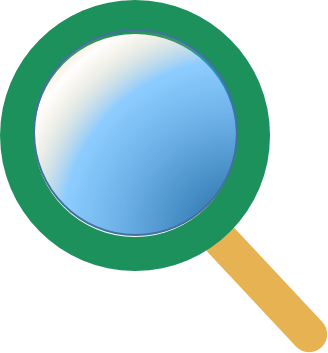
Related items loading ...
Section 1: Publication
Publication Type
Journal Article
Authorship
Cebulski, Alex C., & Pomeroy, John W.
Title
Snow Interception Relationships With Meteorology and Canopy Density
Year
2025
Publication Outlet
Hydrological Processes: Volume39, Issue4
DOI
ISBN
ISSN
Citation
Abstract
Snow accumulation models differ in their representation of snow interception and ablation processes, and their applicability across diverse climates and forest types remains uncertain. Existing parameterisations of initial snow interception before unloading include inherently coupled canopy snow accumulation and ablation processes. This leads to difficulty in diagnosing processes and adds possible errors when incorporated in models that already account for canopy snow ablation. This study evaluates the theory underpinning parameterisations of initial snow interception using high-temporal resolution and fine-scale measurements of throughfall for events with minimal snow ablation and redistribution in both the canopy and on the ground. Relationships between throughfall measurements, event meteorology, and a novel lidar-based canopy density measurement were assessed in two subalpine forest plots in the Canadian Rockies. Contrary to existing theories, no association of canopy snow load or air temperature with initial interception efficiency was observed. Instead, snow-leaf contact area emerged as the primary factor governing snow accumulation, before ablation. A wind-driven snowfall event demonstrated that non-vertical hydrometeor trajectories can significantly increase snow-leaf contact area, thereby enhancing initial interception. Prediction of interception efficiency for this event was improved when adjusted for hydrometeor trajectory angle based on the wind speed at one-third of the canopy height. Snow-leaf contact area showed a high sensitivity to wind speed, increasing by up to 95% with a 1 m s−1 wind speed. The study proposes a new parameterisation that calculates throughfall, independent of processes that ablate snow from the canopy, as a function of snowfall, canopy cover, wind speed, and hydrometeor fall velocity. The parameterisation successfully estimated subcanopy snow accumulation for a snowfall event at two forest plots of differing canopy density and structure. By separating canopy snow ablation from snow interception processes, this new model offers potentially improved prediction of subcanopy snow accumulation when combined with canopy snow ablation parameterisations.
Plain Language Summary

 GWFNet
GWFNet Master
Master Data
Data Research
Research Map
Map
 Advanced
Advanced Tools
Tools
 . . .
. . .
 Metadata Editor
Metadata Editor
 Record List
Record List
 Alias List Editor
Alias List Editor
 Legacy sites
Legacy sites